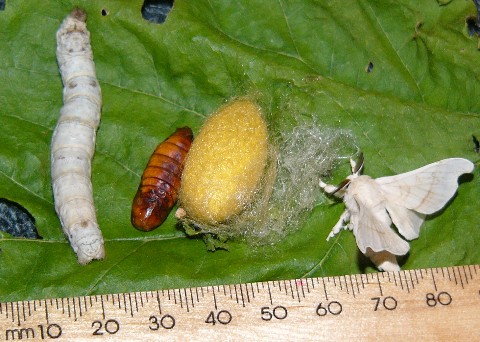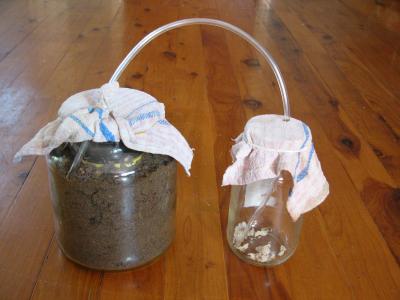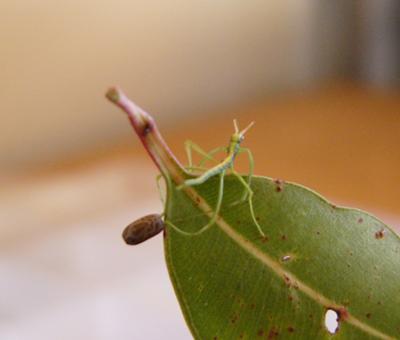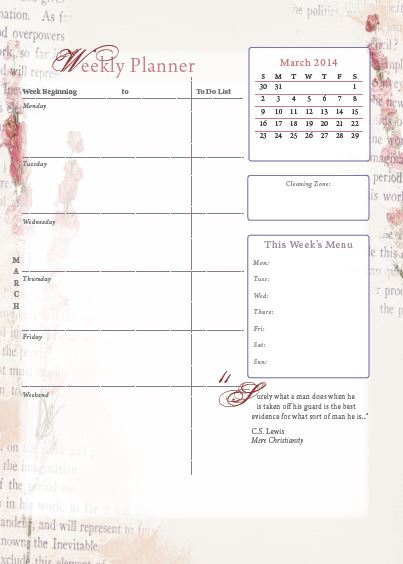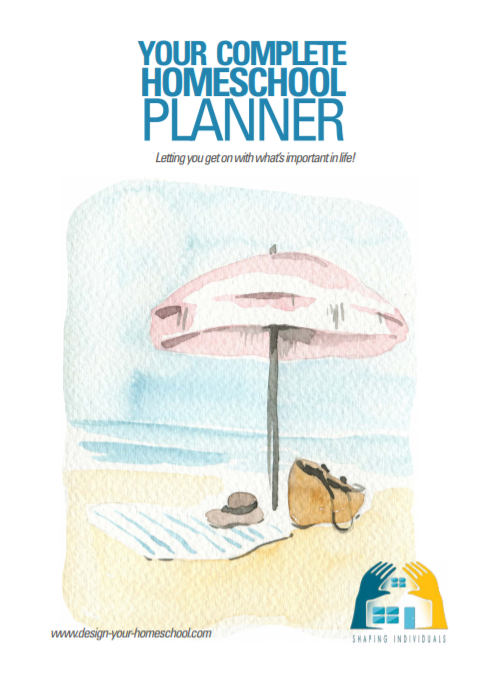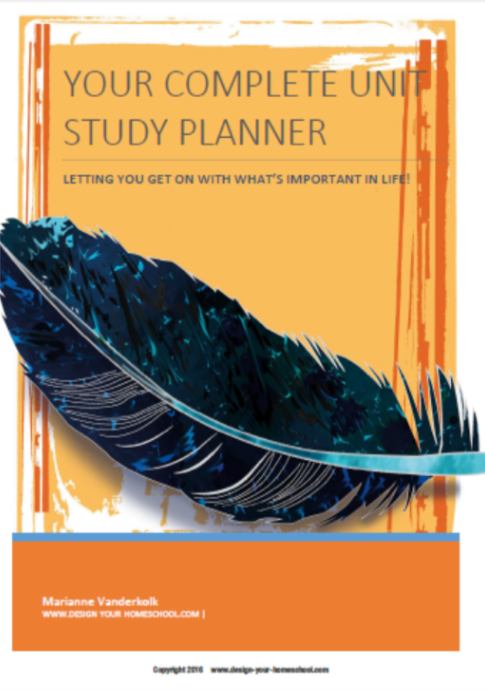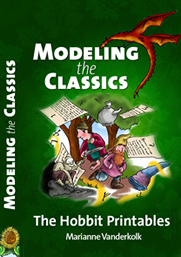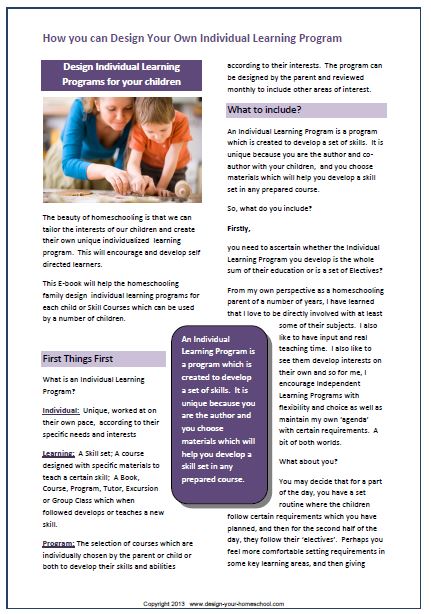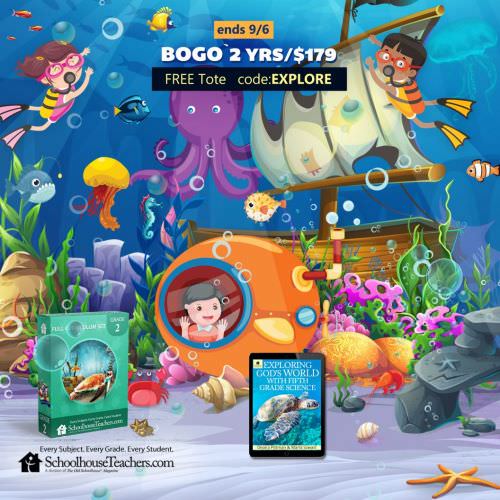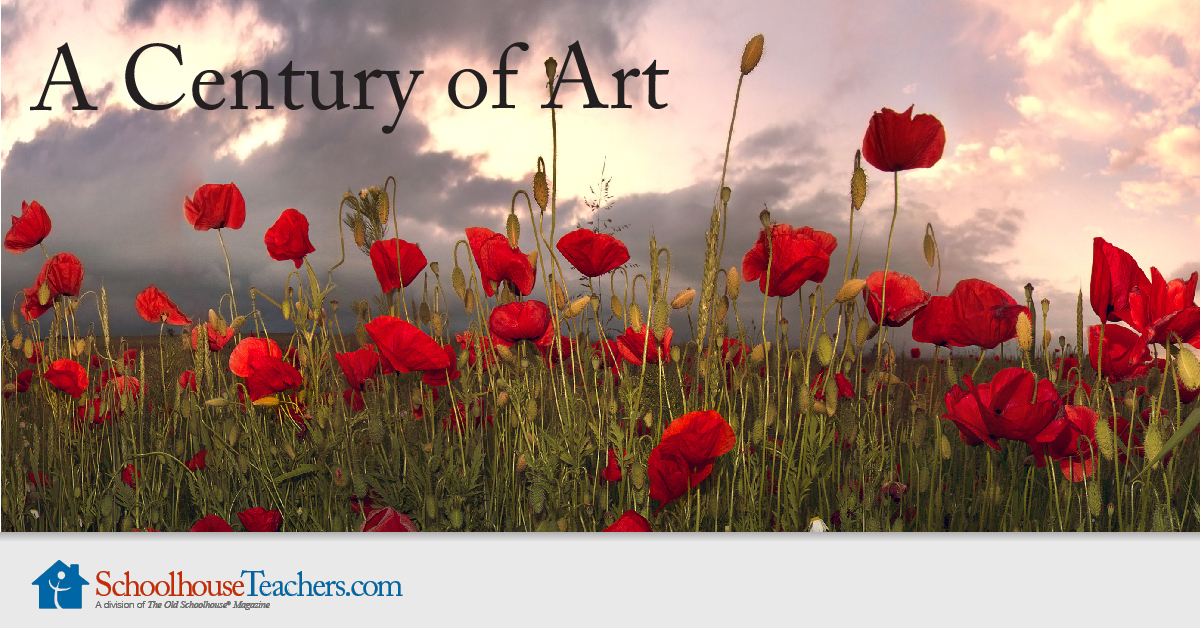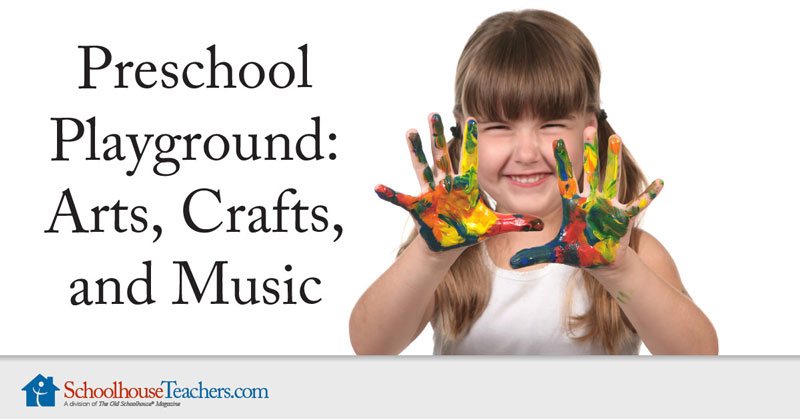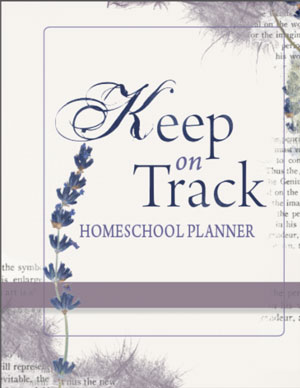Nature Study - How an Out-of-door life for the Children can be used to strengthen observation.
There is no part of a child's education more important than that he should lay - by his own observation - a wide basis of facts towards scientific knowledge in the future." Charlotte Mason
Out of Door Life for the Children
Families who employ the Charlotte Mason Approach to home education, would know that she writes extensively on the benefits of children having a great deal of time outside.
She says, in her chapter, "Out-of-door life for the Children" from Home Education, Volume 1,
"In this time of extraordinary pressure, educational and social, perhaps a mother's first duty to her children is to secure for them a quiet growing time, a full six years of passive recetive life, the waking part of it spend for the most part out in the fresh air."
For children under 9, she recommends 4-6 hours every fine day, is "absolutely best for the children." So, what do we do with those, "glorious hours?" Let's see what practical suggestions Charlotte Mason has and how we can use that in nature study.
What we do with these "glorious hours" and how it relates to Nature Study
“We must assist the child to educate himself on Nature’s lines, and we must take care not to supplant and crowd out Nature and her methods with that which we call education. Object-lessons should be incidental; and this is where the family enjoys a great advantage over the school. The child who finds that wonderful and beautiful object, a “paper” wasp’s nest…has his lesson on the spot from father or mother.” –Parents and Children, pg. 182
Time to Play and explore

Firstly, Charlotte Mason recommends that children be left alone to themselves a great deal, to take in the wonder and beauty of what is around them. It is not the job of the parent to entertain the child. There should be at least 1-2 hours of vigorous play.
Sight Seeing
"We are all meant to be naturalists, each in his own degree, and it is inexcusable to live in a world so full of the marvels of plant and animal life and to care for none of these things."
In order to train the child in careful observation and in detailed expression observe carefully, a fun game called, "sight-seeing" can be played in which the mother asks the children, "Who can see the most and tell me the most about what you see over the hill? Find out all you can!" The children eagerly go to explore what they can see and take a visual picture to take back to their parent, describing the scene in as much detail as possible. Having taken the time to recollect all the sites over the hill, this becomes a pleasant detailed memory picture.
Picture Painting
To continue to develop these mental photographs, the children are encouraged to view the scene in front of them, shut their eyes and then call up the picture before them. If they have a blurred picture, they can have another look, taking in more details. When they have a perfect picture, they can describe the details. This is something that can be done at any time, any place with all ages. It is such a great way to build a pcitre memory of holidays and beautiful scenes to take from childhood into adult life.
Familiarity with flowers and trees
In the course of the "sight-seeing" and "picture-painting" games, children should become acquainted with their surroundings -
"...every wild flower that grows in their neighbourhood, they should know quite well; shoud be able to describe the leaf - its shape, size, growing from the root or from the stem; the manner of flowering - a head of flowers, a single flower, a spike, etc. And, having made the acquaintance of a wild flower, so tht they can never forget it or mistake it, they should examine the spot where they find it, so that they will know for the future in what sort of ground to look for such a flower."
They should also pick out half a dozen trees - learn their names and make them their year-long friends, visiting them season by season and observing their changes.
Making a Calendar
Another worthwhile ideas is the creating of a calendar to record the first sightings of thing in nature: the first tadpole, the first leaf one of their year-long friend trees they are observing, the first caterpillar, the first butterfly. Then next year they know what to look out for and when. This can be kept as an environmental log book. We used our Nature Study Journal as an environmental logbook by adding a monthly double page spread for the recordings of that month.
Creating a Nature Diary or Nature Journal
All children should be encouraged to keep their own nature journal. Every day can give them something to enter - a discription of what they have seen, the animals, the flowers, the weather.
The journal can be illustrated and become more detailed in writing as well as illustrative diagrams, as children develop their skills.
It is important that the nature journal contains good quality paper for drawing/ painting and writing and has a sturdy cover.
Observation and care of Animals
Children should be given ample time and opportunity to keep animals and take the time to watch them.
We have enjoyed many nature lessons in this way - breeding birds, having families of rabbits and guinea pigs, observing ants in an ant farm, watching the life-cycle processes of silkworms, the metamorphosis of the monarch butterfly, raising stick insects as well as observing the changes from tadpoles to frogs.
These live examples in our home have given our children the experience of meeting the needs of different animals and caring for them, an opportunity for further research with books, and the observation of change in the animal world.
Nature Study Living in Our Home
Field Guides
For the convenience of describing what they see, it is important that children learn the real terminology.
...petals, sepals, leaf shapes, leaf vein classification, numbers of petals, creatures with and without a backbone, creatures that eat grass etc
This can also be useful when developing collections of rocks, plants, insects, eggs and so on. Being able to classify, discriminate, distinguish between things that differ (as you would need to do when describing or labelling collections) is one of the "highest faculties of the human intellect" and so every opportunity should be taken to strengthen this skill.
Use naturalist books to show the extent of the world of wonders a well as the beginnings of classification and for the purposes of labelling.
What a wonderful list of ideas Charlotte Mason has left us with.
"Let them once get in touch with nature and a habit is formed which will be a source of delight and habit through life." Home Education pg61.
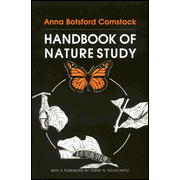 |
Handbook of Nature Study Witness the wonders of God's creation with naturalist Comstock as your guide! From dandelions, toads, and fireflies, to robins, rocks, and weather, she takes you on a lively trek through the natural world, vividly describing the habits, habitats, and physical structures of common living and nonliving things. Includes study questions and black-and-white photographs. 887 pages, softcover from Cornell University. |
